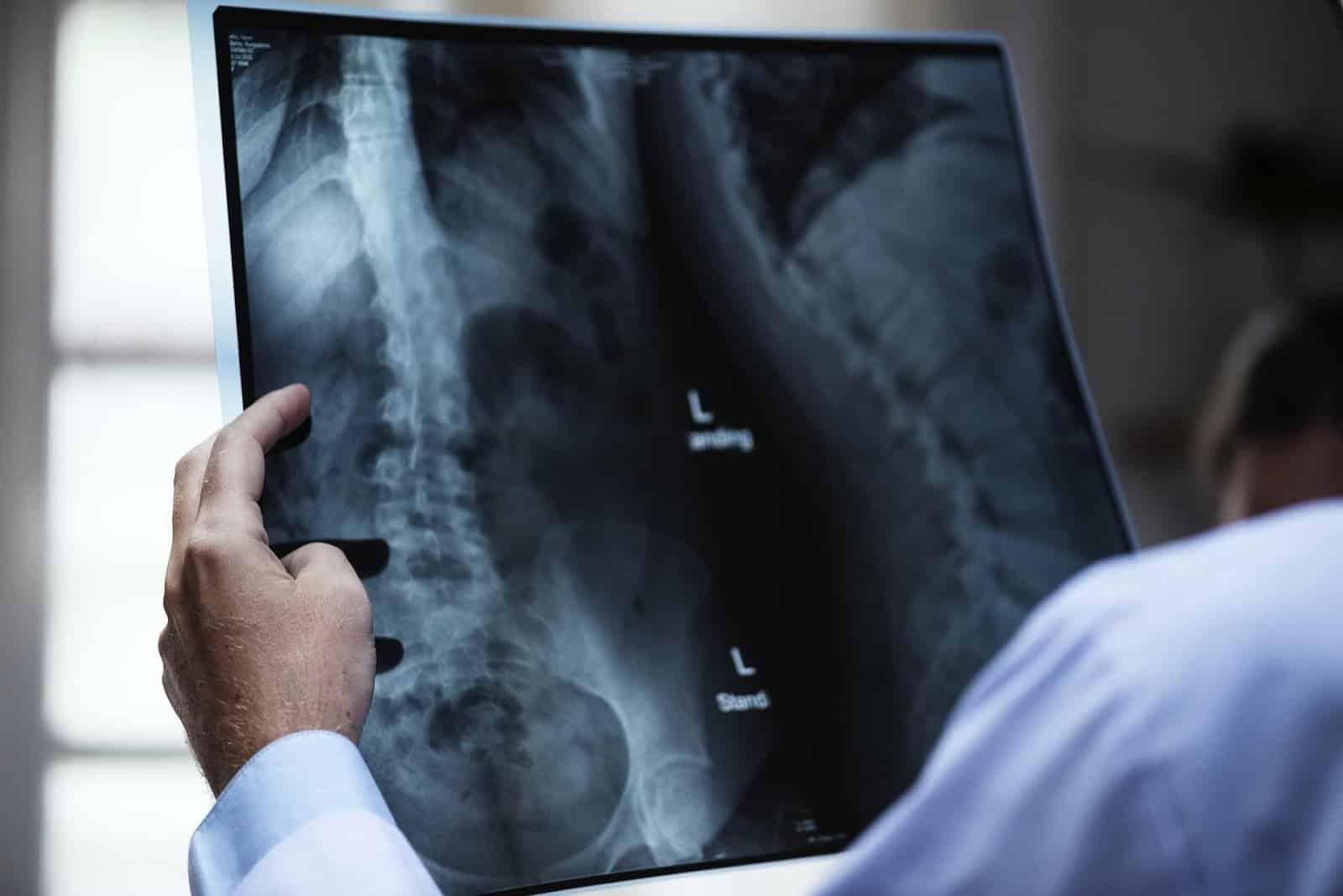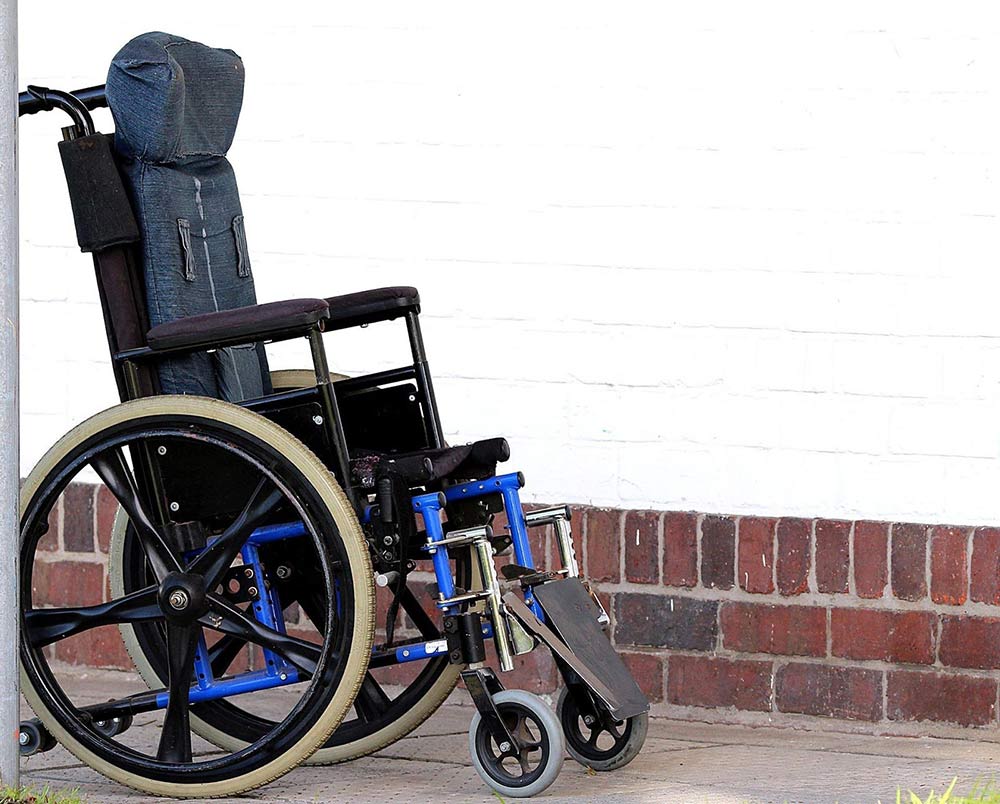Spinal Cord Injuries: Everything You Need to Know
Spinal cord injuries are more common than you might think – and their impact can be devastating. Every year, more than 17,000 people are involved in accidents of all types that result in damage to their spinal cord.
Whether this damage is from bruising or an actual severing of the spinal cord can dictate the prognosis and severity of the symptoms. No matter what, the impacts can be broad and debilitating.
Read on to find out more about how you can understand the medical, legal and human impact of these tragic injuries.
The people most likely to suffer a spinal cord injury are:
-
- Men – In 2017, they were 80.6% of the reported victims.
-
- Occupants of a vehicle – automotive accidents cause 38% of the spinal cord injuries seen by physicians.
-
- The employed – who comprise 57.7% of spinal cord injury victims
- The young – the mean age at injury was just 35 years old.
Although life is unpredictable, and we can’t foresee the future, it is possible to take heed of the environmental and lifestyle factors that could make a spinal cord injury more likely.
Vehicles
Take vehicle accidents, for example. The position of a car driver or passenger, combined with the risk of striking something within the vehicle during the collision – whether it be the occupant’s own safety belt, the seat, or the dash, make spinal cord injuries common. One of the best ways to keep safe during an auto collision is to always wear your seatbelt – and ensure that your passengers do, as well. Airbags are designed to work with seatbelts, they are not a substitute for them.
Falls
If a fall causes a traumatic blow to the spine, it can result in damage to anything from the individual vertebra to the spinal cord. And, if the vertebra are crushed or fractured, they may also impinge on the delicate spinal cord. Over the age of 65, falls present the highest risk for injuries and subsequent spinal cord damage. To reduce the likelihood of injury in this population, it is suggested that handrails be used on stairs, and that trip hazards be removed around the home. Common causes of slips and falls are electrical cords, spilled liquids, and poor lighting that does not reveal objects in one’s path.
Violent Acts
Violent acts and medical errors follow vehicle accidents and falls as the most frequent causes. Gunshot wounds or knife injuries that directly impact the spinal column are the most common ways to receive damage in a violent act. Although we cannot, sadly, prevent random acts of violence, we can reduce the risk of gun injuries in our own homes by ensuring that all firearms are stored in a safe manner.
Sporting Activities
In sporting activities, proper helmet use and the use of protective gear are stressed. Obeying rules of safe driving and following guidelines for swimming pool depth are also important. Depth indicators were not used at the pools involved in 75% of the spinal cord injuries reported in a major study.
In other sporting injuries that can lead to spinal cord damage, following safety protocols can help reduce injury. In gymnastics, although headgear is not utilized, spotters and properly maintained equipment and padding should always be in place. Skiers should wear helmets, and so should athletes of any age that are hitting softballs or baseballs.

Although some symptoms of spinal cord injury are clearly obvious at the time of the accident, others may take time to develop. This is why it is of critical importance that accident victims who have a suspected spinal cord injury must be kept completely still and not moved until the proper help arrives and they are seen by a doctor. The immediate signs of an injury are symptoms such as numbness, difficulty breathing, the inability to feel pain or sensation, and loss of bladder control. There may be intense pain or pressure that affects the neck and/or the back. Any of these signs should be taken seriously, and emergency help should be summoned. Trained medical personnel have both the equipment and the knowledge on how to move any victim of a suspected spinal injury. Effects of a spinal cord injury may show up some time after the accident, as swelling or bleeding occurs in the area of the spine. If any of the above symptoms should arise, in addition to partial paralysis, odd reflexes, or sexual dysfunction, seek help immediately.

empty wheelchair opt
The pain and misery that can develop from a spinal cord injury are heartbreaking and the symptoms can eventually affect the whole body. Complications that can arise in the immediate area of the injury are spasticity – when muscles stay contracted over a long period, as well as the formation of a cyst at the site of the injury, and neuropathic joint arthropathy.
-
- Muscle spasticity can lead to impaired movement of the affected muscles, and can even affect the ability to talk. It can be helped by introducing treatments or medications that can help relax the muscles, such as botulinum toxin (“botox”) injections, muscle relaxants, and even surgery in resistant cases.
-
- Syringomyelia is the formation of a fluid-filled cyst on the spinal cord is called- this occurs in approximately 3% of spinal cord injury patients. If the cyst continues to enlarge over time, it can lead to more pain, weakness, and numbness. If this is the case, the option is usually surgical intervention.
-
- Arthropathy occurs when the joints affected by the changes brought about by spinal cord injury begin deteriorating. It can cause pain, deformity, impaired functioning, and other issues. Depending on the depth of the problem, treatments range from supportive to surgical in nature.
- Systemic complications from spinal cord injury can lead to cardiovascular issues from hypotension (low blood pressure), respiratory failure from weakness and infections, and bladder and bowel problems.

After the injury, providing the patient is able to communicate well, the diagnosing physician may be able to determine some suspected injuries by testing for sensation, movement, and getting a more accurate picture of how the injury occurred. This is only the beginning of an accurate diagnosis, however.
To search for actual damage, the use of diagnostic tests that involve radiology will be used. In order of the complexity of the information that is obtained, these will use X-Rays, CT scans, or MRI results.
-
- X-Rays are the quick and effective way to reveal damage like broken vertebra, as well as fractures, chips, or dislocation.
-
- CT (Computerized Tomography) scans take longer, and provide a more comprehensive look. The computer is able to look at the affected area in cross sections, and this can show damage more precisely.
- MRI (Magnetic Resonance Imaging) is even more comprehensive in its look at the tissues and skeleton of the body. It can identify problems within the spinal column such as herniated disks, blood clots, or other issues that could not be detected by other radiology exams.
Again, the problems that arise from a spinal cord injury may not be immediate, which is why accident victims and caregivers must remain alert and observant of any new symptoms that could arise.
Your prognosis and recovery from a spinal cord injury will be highly individualized and your recovery may be delayed. These type of injuries can be catastrophic in the way that they affect your whole life – income can be cut off, medical bills can multiply, rehabilitation can be extensive and costly – all this, in addition to the physical symptoms.
Seek Advice From an Attorney Experienced in Your Type of Injury
Spinal cord injuries are devastating, as they require extensive rehabilitation and often a poor prognosis for full recovery. The most valuable ally in your recovery can be an attorney knowledgeable in spinal cord injury cases. They can help you navigate the complicated paths of obtaining compensation for life changes and expenses that are always involved with this type of accident and injury.

As an ethical and trusted Tampa personal injury lawyer, Scott Distasio founded Distasio Law Firm in February of 2006, which focuses on all types of personal injury cases. He wanted to open a law firm that represented his belief that all firms should provide ethical and outstanding service to their clients.

